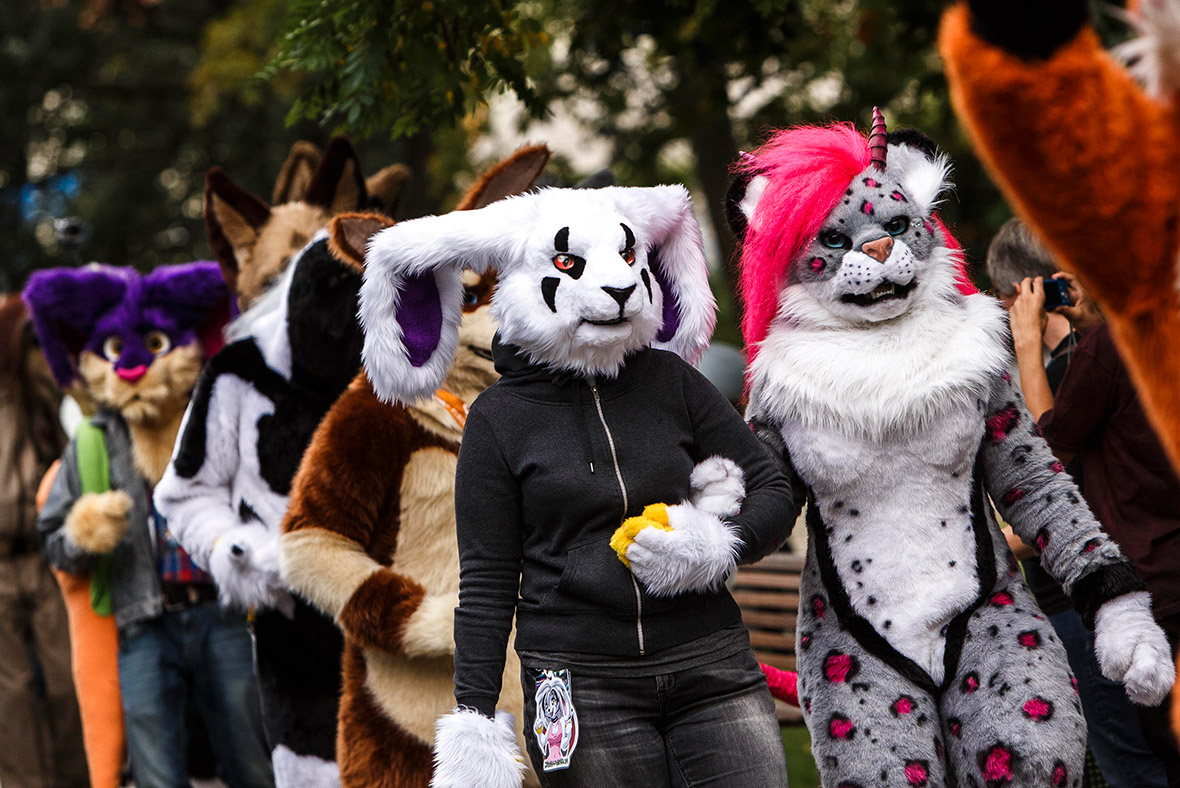Is "furry culture" merely a niche internet subculture, or is it a complex and evolving social phenomenon worthy of serious examination? The reality is far more nuanced than many realize, encompassing a diverse community, artistic expression, and a surprising degree of social engagement that extends far beyond the digital realm.
The term "furry culture" typically refers to a subculture interested in anthropomorphic animals, or animals with human characteristics. This can include a fascination with animal characters, creating or enjoying art, literature, and other media featuring these characters, and even adopting "fursonas" unique, individual animal characters that represent themselves. While often associated with online spaces, furry culture has a significant offline presence, with conventions, meetups, and social events held worldwide.
The origins of the furry fandom can be traced back to the early days of the internet and the proliferation of animation, comic books, and science fiction. The blending of human and animal traits has long captured imaginations, from ancient mythology to modern storytelling. The rise of online forums and communities provided a platform for individuals with shared interests to connect and create. These virtual spaces allowed for the exchange of artwork, stories, and ideas, fostering a sense of belonging and community that quickly grew.
One of the central aspects of furry culture is its emphasis on artistic expression. Furries create a vast array of art, including drawings, paintings, sculptures, animations, and even fursuits elaborate costumes of anthropomorphic characters. The quality and range of artistic skill within the furry community is remarkable, with many furries developing professional-level talents. Art serves as a primary means of self-expression, allowing individuals to explore their creativity and connect with others who share similar aesthetic preferences. The dedication to craftsmanship and the vibrant visual style of the art are hallmarks of the subculture.
Beyond art, furry culture also encompasses a strong element of storytelling and role-playing. Fursonas are more than just avatars; they represent personalized characters with unique backstories, personalities, and relationships. These characters exist within the context of shared narratives, collaborations, and creative writing projects. Role-playing allows furries to explore different aspects of themselves, experiment with social interactions, and build meaningful connections within the community. This immersive aspect of the subculture facilitates a sense of identity and belonging.
The social aspect of furry culture is also a crucial component. Furry conventions and meetups offer opportunities for face-to-face interaction and networking. These events typically involve art shows, workshops, dances, and other activities that bring together furries from all walks of life. They provide a space where individuals can shed their daily personas and embrace their fursonas, forming bonds based on shared interests and creative pursuits. These gatherings often facilitate lifelong friendships and offer support networks for individuals who may have felt isolated in their everyday lives.
However, the furry fandom is not without its controversies. Misconceptions and stereotypes often surround the subculture, leading to negative perceptions in mainstream society. Some people misunderstand the nature of furry culture, associating it with sexual deviancy or childish behavior. These inaccurate portrayals can result in stigmatization and social challenges for furries, who often struggle to be accepted by their families, friends, and wider communities. Therefore, the importance of education and clear communication is vital to dispel these misunderstandings.
Despite these challenges, the furry community is remarkably resilient and continues to grow. It is a testament to the power of shared interests, artistic expression, and the human desire for belonging. The willingness to embrace individuality and celebrate creativity has allowed the furry fandom to thrive, offering a space for self-discovery, social connection, and creative collaboration. Furry culture has evolved and adapts, constantly evolving in response to the dynamic landscape of the internet and the ongoing need for communal interaction.
The economic impact of furry culture is also worth noting. The demand for fursuits, artwork, and convention services creates a significant economic engine within the community. Artists, costume makers, and event organizers earn a living from their involvement in furry culture, creating jobs and stimulating economic activity. The online marketplace and physical events facilitate economic growth, highlighting the commercial potential of the subculture. This economic influence underlines the importance of understanding furry culture as a diverse and multifaceted phenomenon.
For example, a fursuit maker may spend countless hours crafting a costume for a client. This bespoke process requires creativity, technical skill, and attention to detail. The finished fursuit is not just a costume, but a work of art that can be worn and displayed at conventions or other events. The demand for high-quality fursuits fuels a small but vibrant industry within the furry fandom, creating jobs and generating revenue. Similar examples are found in art commissions, writing projects, and convention-related services.
Understanding the origins, facets, and impacts of "furry culture" shows that it has developed far beyond the simple internet interest it may seem to be. Its a complex ecosystem that intertwines art, creativity, community, and social exploration. It's a window into the human experience, which continues to evolve.

